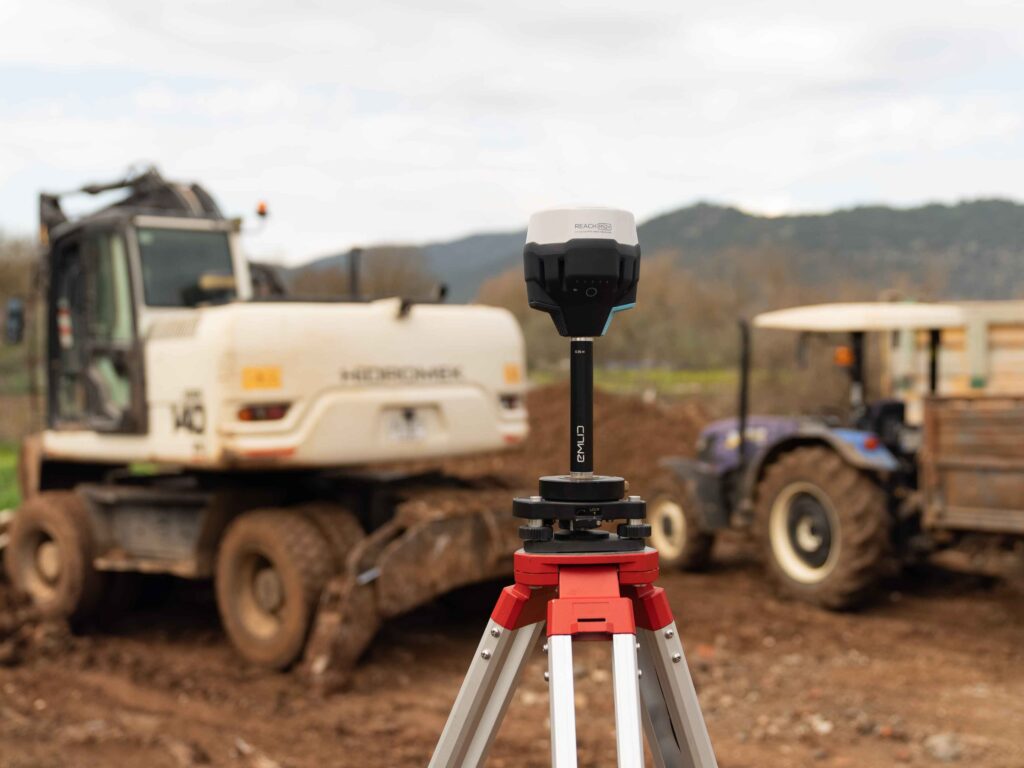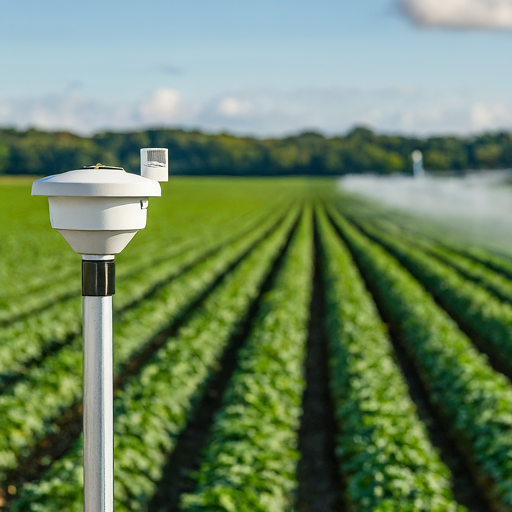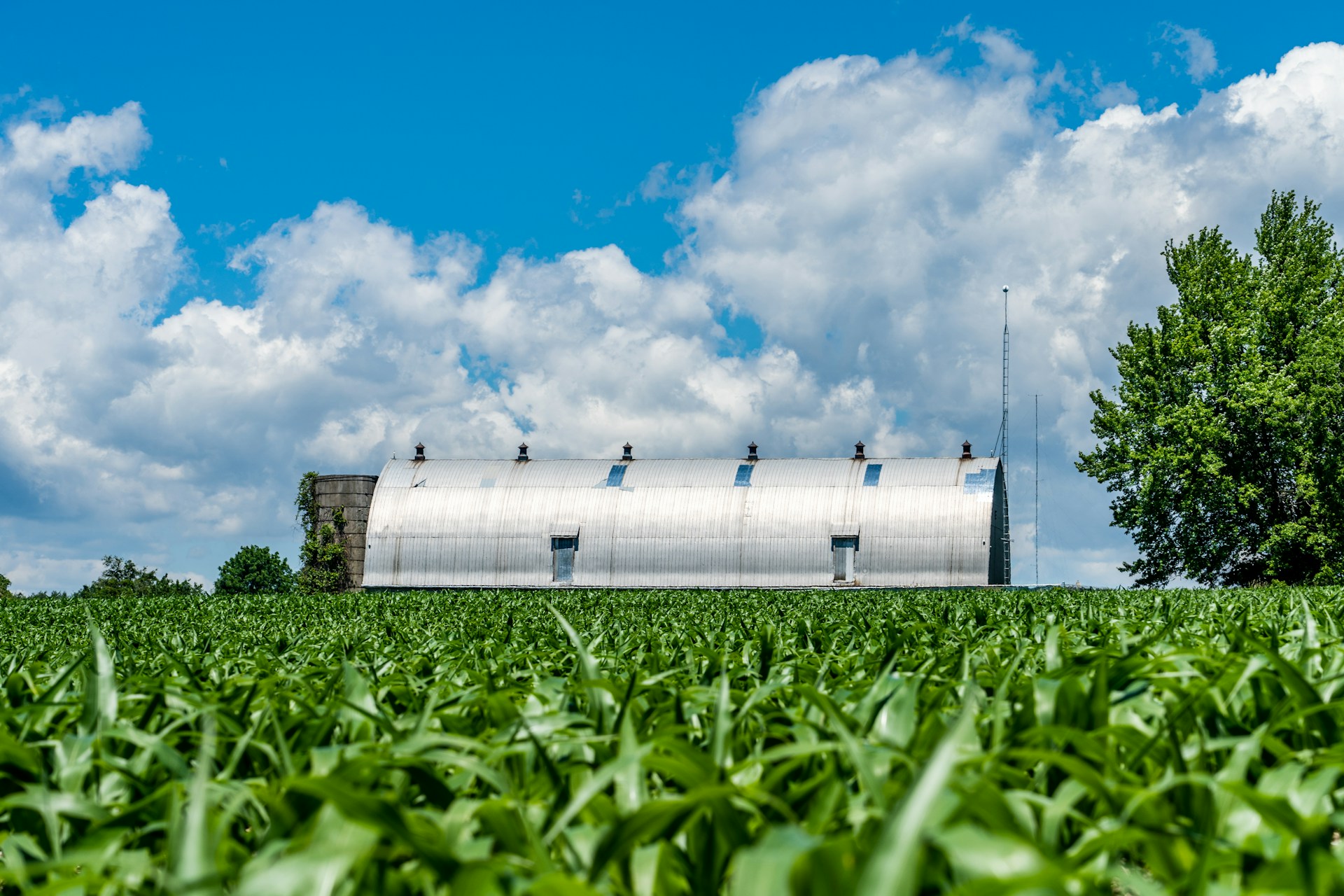Step into a world where you are no longer at the mercy of unpredictable weather patterns and uncertain crop yields. Thanks to precision agriculture, also known as sustainable farming, they can now manage their crops on a micro-scale, utilizing minimal resources while maximizing production. At the heart of this modern farming lies a revolutionary tool, agriculture sensors.
These sensors and mapping technology allow you to gather intricate details about their crops and cultivated land, leading to smarter decisions, resource conservation, and reduced environmental impact. But what exactly are these sensors, and how are they transforming the agriculture landscape?
In this article, we embark on a journey to explore the various types of agriculture sensors that are revolutionizing farming practices. From soil moisture sensors that help you optimize irrigation to satellite imagery that provides an eye view of crops, these sensors change how we think about agriculture. So, come along as we delve into the fascinating world of precision agriculture and discover how sensors make it possible to feed a growing global population while preserving our planet’s precious resources.
5 Types of Field Sensor Technology
GPS Sensors: Navigating the Fields with Precision
Precision is crucial in agriculture, and GPS sensors are vital in providing you with real-time data and accurate location information. These sensors allow you to map their fields, analyze soil samples, navigate their tractors, monitor crop growth, and optimize yield. Modern agriculture has undergone a revolutionary transformation by utilizing GPS-based precision farming applications. Visibility limitations no longer constrain you. They can work efficiently even in adverse weather conditions. It helps ensure that every inch of their land is utilized to its fullest potential.
The use of GPS guidance in heavy machinery provides a significant edge for precise tasks such as spraying, fertilizing, or planting. By coupling GNSS receivers with a navigation app, the machinery can adhere to the exact path you’ve designed to achieve your objectives.

(Sample of GNSS Receiver for agricultural use. Reach RS2+ Multi-band RTK GNSS receiver with centimetre precision.)
Electrochemical Sensors: Unraveling the Secrets of the Soil
Did you know that beneath the surface of soil lies a whole world of nutrients and pH levels that determine the health of plants? Luckily, you have access to a powerful tool that can help them unlock these secrets without needing elaborate laboratory tests: electrochemical sensors.
While these agricultural automation may not be as precise as lab tests, they provide valuable insights into soil composition, which can help you make informed decisions about fertilization and nutrient management. By using these sensors, you can better understand the health of their soil and make adjustments to ensure that their crops get the nutrients they need to thrive.
Optical Sensors: Shedding Light on Soil Composition
Soil is not just a simple matter of dirt. It is a complex ecosystem that has a direct impact on crop growth. Optical sensors play a vital role in assessing soil composition by using light reflection to mimic the human eye’s ability to see beyond the surface. These sensors measure light reflectance in various spectrums, giving you valuable insights into soil composition. As a result, you can tailor their farming practices accordingly, ensuring that they are optimized for their soil type.
Mechanical Sensors: Tackling Soil Compaction Head-On
Compacted soil can be your worst nightmare, creating many problems that can severely impact crop yields. Soil compaction restricts root growth, making it difficult for plants to absorb the nutrients and water needed to thrive. It leads to stunted growth, reduced yields, and lower-quality crops. You rely on mechanical sensors that act as frontline warriors to combat this issue.
These sensors measure soil resistance and provide valuable insights into their soil’s health. Armed with this information, you can identify areas of compacted soil and take corrective measures to improve soil structure. It can include everything from deep tillage to adding organic matter to the soil. By promoting healthier soil, you can ensure that their crops get the nutrients they need to grow strong and healthy, resulting in higher yields and better-quality crops.

Airflow Sensors: Navigating the Invisible Terrain
Airflow sensors are state-of-the-art devices that quietly monitor and evaluate the permeability of soil. These sensors measure the ease with which air circulates through the ground, providing valuable insights into the soil’s structure, moisture content, and compaction levels. By analyzing airflow patterns, you can determine the effectiveness of their irrigation and drainage systems and make informed decisions about optimizing these systems for better crop yields. With the help of these sensors, you can fine-tune their agricultural practices, reduce waste, and conserve resources.
Advantages of Utilizing Agriculture Sensors
- Precision farming with agricultural sensors enables you to transition from traditional farming methods to a data-driven approach, optimizing resource allocation and maximizing production.
- Sensors help you save water and reduce environmental impact by providing real-time data for informed decision-making.
- Advanced monitoring stations with sensors capture climate data, empowering you to monitor weather changes and adapt your farming practices accordingly.
Conclusion
As we conclude our journey through environmental monitoring, it becomes clear that these innovative tools are transforming farming practices and paving the way for a more sustainable future. By harnessing the power of sensors, you can cultivate their land more efficiently, conserve resources, and reduce environmental impact. As technology advances, the role of sensors in agriculture will only become more significant, heralding a new era of precision farming.

